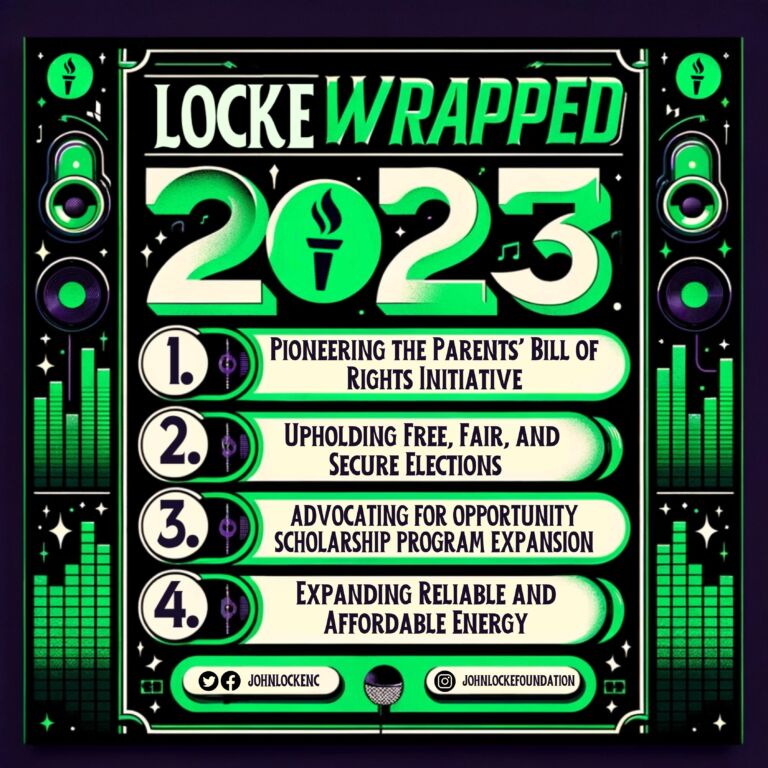Kevin Williamson of National Review Online probes Democrats’ approach to governance and political disagreements.
Michelle Goldberg of the New York Times has a dream, a dream in which about half of the American people are deprived of an effective means of political representation, a dream of one-party government in which the Democrats are the only game in town — “Dare We Dream of the End of the GOP?” her column is headlined — which also is a dream of visiting vengeance upon those who dared to vote for their own interests as they understood them and thereby schemed “to stop the New America from governing.”
That quotation is from a new book by Democratic pollster Stanley Greenberg bearing the title R.I.P. G.O.P. Greenberg himself has a new column in the Times on the same theme. “The 2020 election will be transformative like few in our history,” he writes. “It will end with the death of the Republican Party as we know it . . . [and] liberate the Democratic Party from the country’s suffocating polarization and allow it to use government to address the vast array of problems facing the nation.”
We might understand the Goldberg-Greenberg position as “the divine right of Democrats,” who apparently have an eternal moral mandate to rule for reasons that must remain mysterious to those outside the ranks of New York Times columnists.
Goldberg and Greenberg should at least try to take seriously their own metaphor: polarization.
The American polity, like a magnet, is polarized because it has two poles, for which the Republican and Democratic parties are rough proxies. Why does the United States have two political poles? Because it has two major political tendencies.


